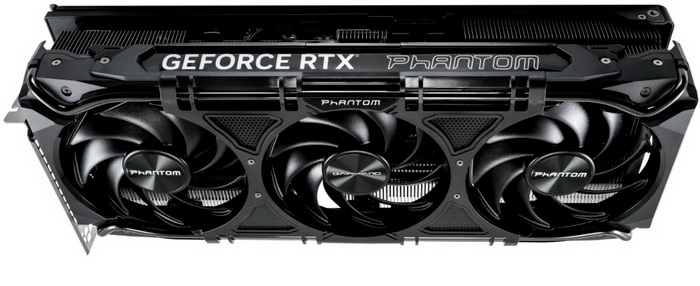INTRODUCTION

To think that in less than 3 decades from the days of 3DFX and their ground breaking Voodoo cards we'd reach a point when graphics cards have become immeasurably more powerful is truly an amazing thing. Granted, there will always be a special place in the memories of all who lived in the 90's since that's essentially when NVIDIA and ATI (AMD) took their very first steps in the graphics industry (or it could just be nostalgia) but as expected in terms of sheer power there's simply no comparison. Late last year both NVIDIA and AMD released their latest GeForce and Radeon lines and even though we're just months away from their soon to be unveiled lines today finally I'll be testing one of the best-selling GeForce RTX 4080 models currently in the market, the Phantom by Gainward.
Gainward was founded in 1984 with a commitment to develop the most advanced graphics accelerators in the industry and ensuring the highest level of customer satisfaction. Received great reputation for manufacturing of leading edge products for the enthusiastic market. Gainward “Golden Sample” (GS) and “Golden Sample Goes Like Hell” (GS-GLH) are two signature synonyms for aggressive over-clocked and extreme over-clocked graphics cards in the gaming society. As one of the top graphics cards leading brands, Gainward continues to provide cutting edge products with excellent quality. Furthermore, Gainward brand name symbolizes our belief in gaining trusts and respects from our valued customers. With Headquarter based in Taipei, Taiwan, factory in Shenzhen, China and European Headquarter in Germany. Gainward is ambitious to address worldwide market and cooperates closely with its globally localized channel partners.
As the name suggests the GeForce RTX 4080 was released as the replacement for NVIDIA's GeForce RTX 3080 GPU and is based on their latest 5nm AD103 silicon (codename Ada) which they've paired with 16GB GDDR6X on a 256-bit memory interface. The new Ada GPU by NVIDIA is actually quite impressive and so it sports a grand total of 9728 CUDA cores, 76 streaming multiprocessors (SM's), 76 ray accelerators (or ray tracing cores), 304 tensor cores, 304 texture mapping units (TMU's) and 112 raster units (or render output units). Needless to say, Gainward has further optimized the "vanilla" GeForce RTX 4080 and even though clocks remain the same (2505Mhz Boost, 2205MHz Core and 1400MHz memory) it still sports a single 16-pin +12VHPWR connector, triple two-ball bearing fan cooling solution (zero RPM mode supported), dual heatsink design (diffuser fins for optimal airflow) with both 6mm and 8mm nickel plated copper heatpipes, ultra-dense protection plate and metal backplate for increased durability, single ARGB LED zone and dual-BIOS (silent/performance). As for available outputs the GeForce RTX 4080 Phantom by Gainward comes ready with three DP v1.4a ports and a single HDMI v2.1a port.

 O-Sense
O-Sense







.png)

